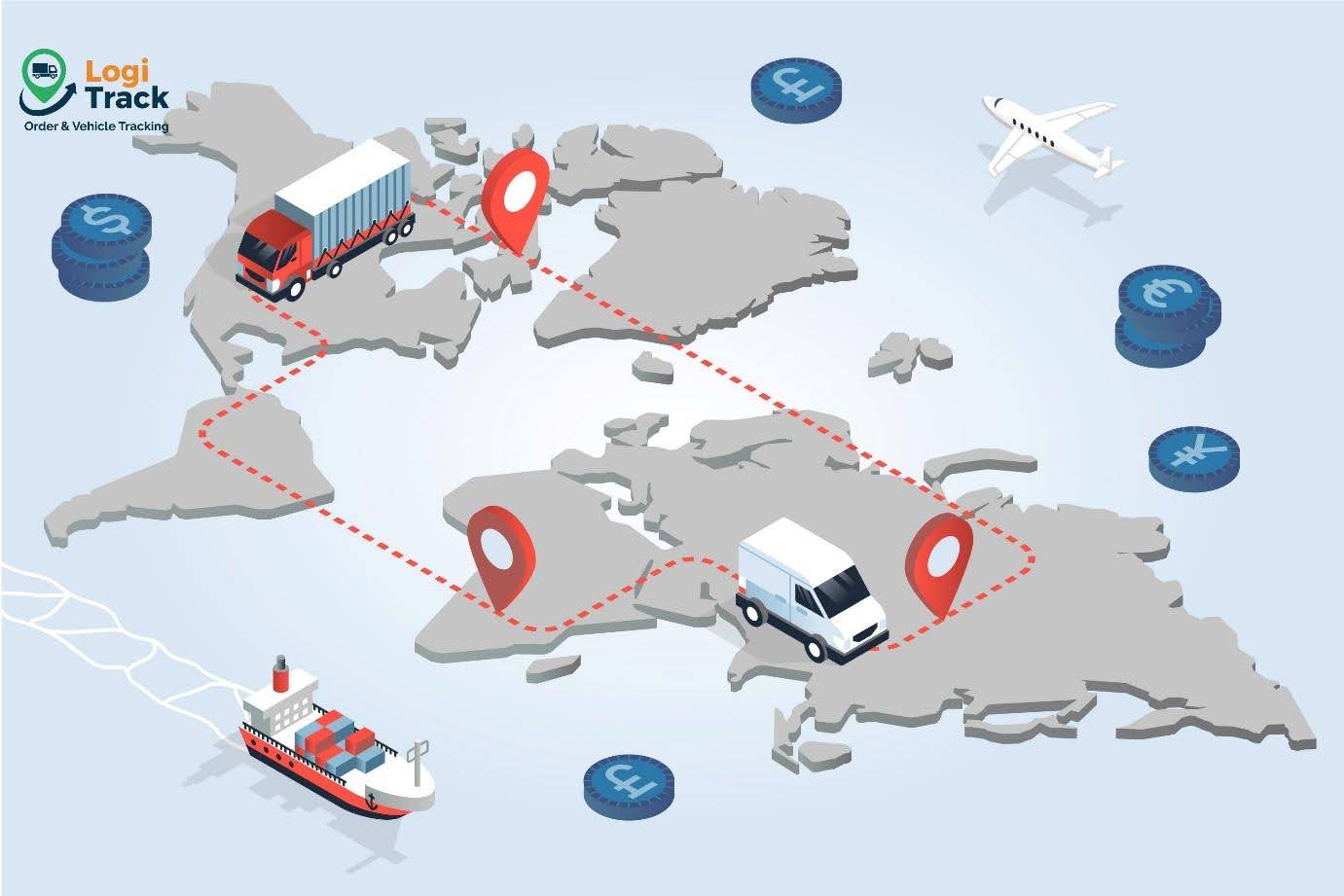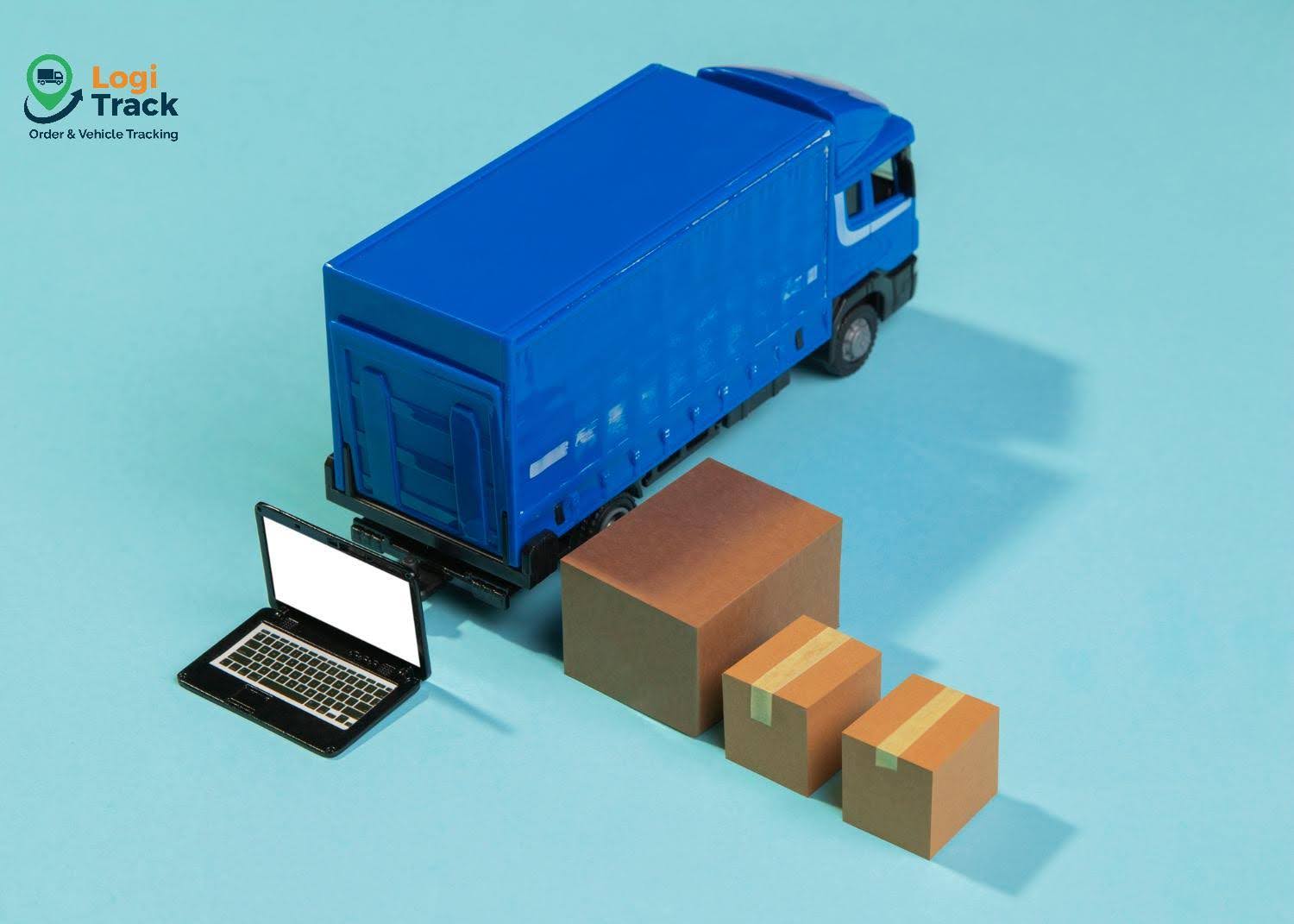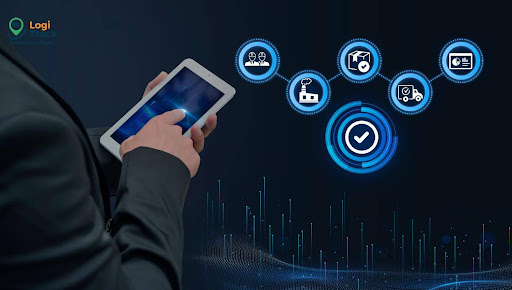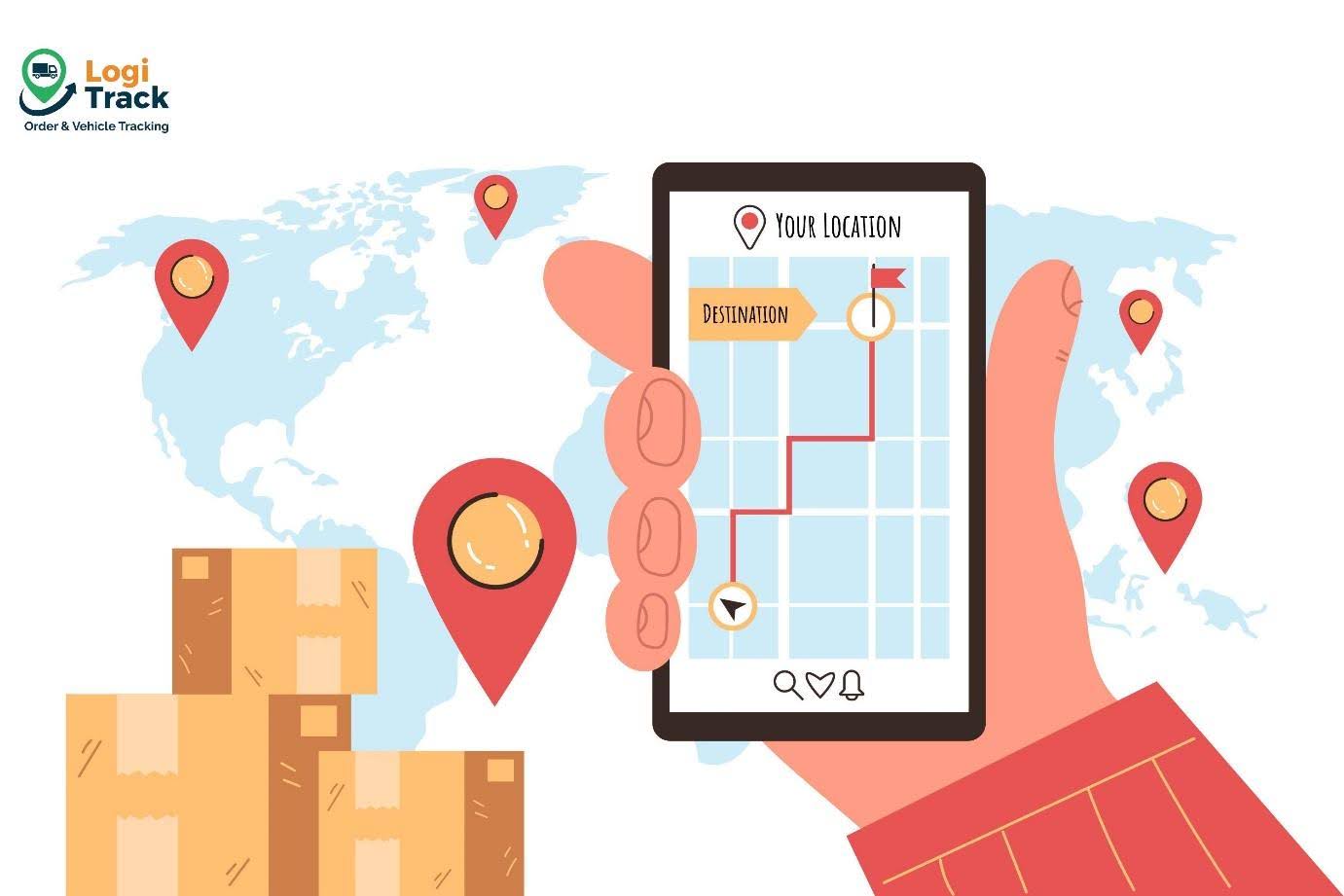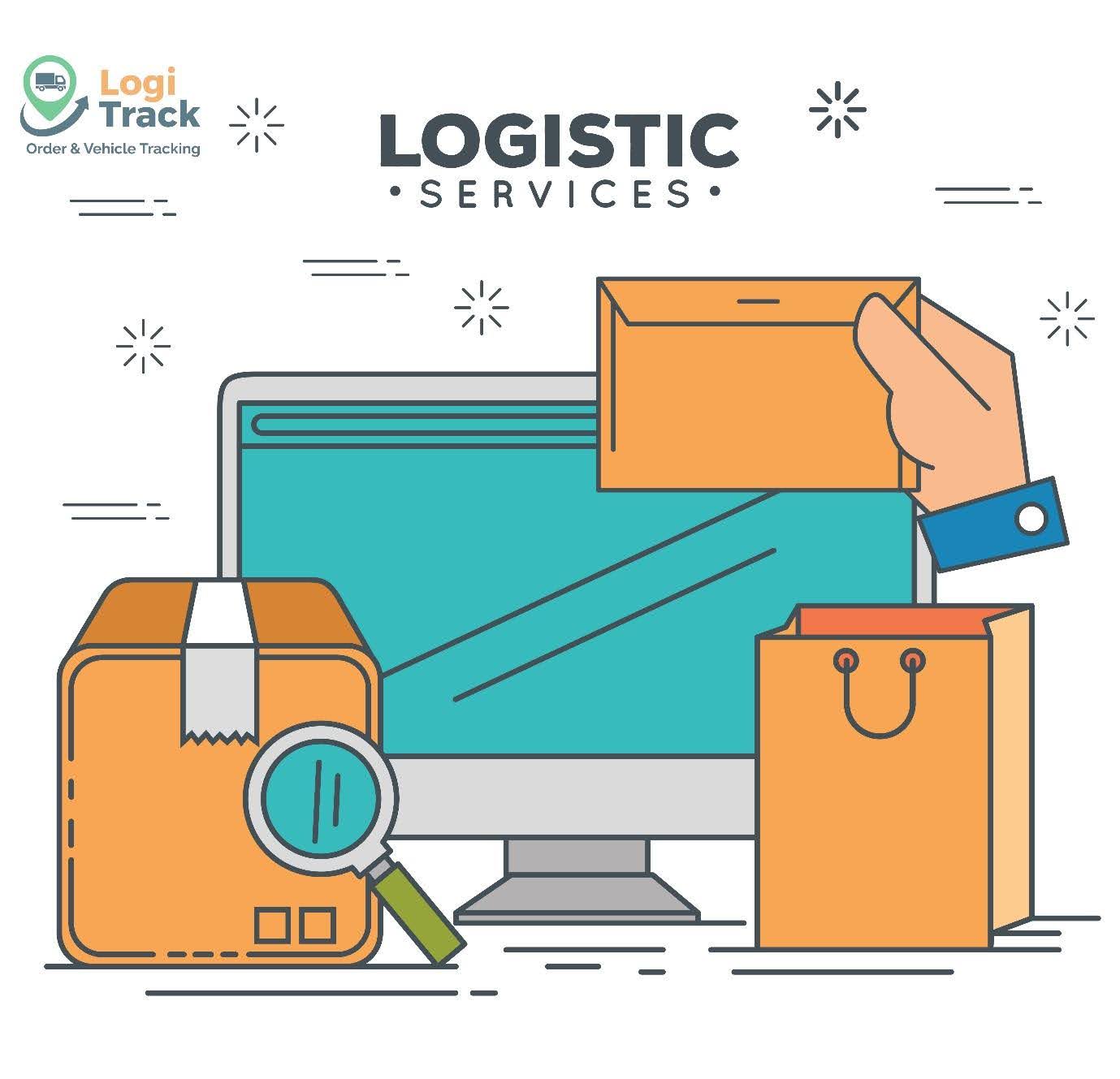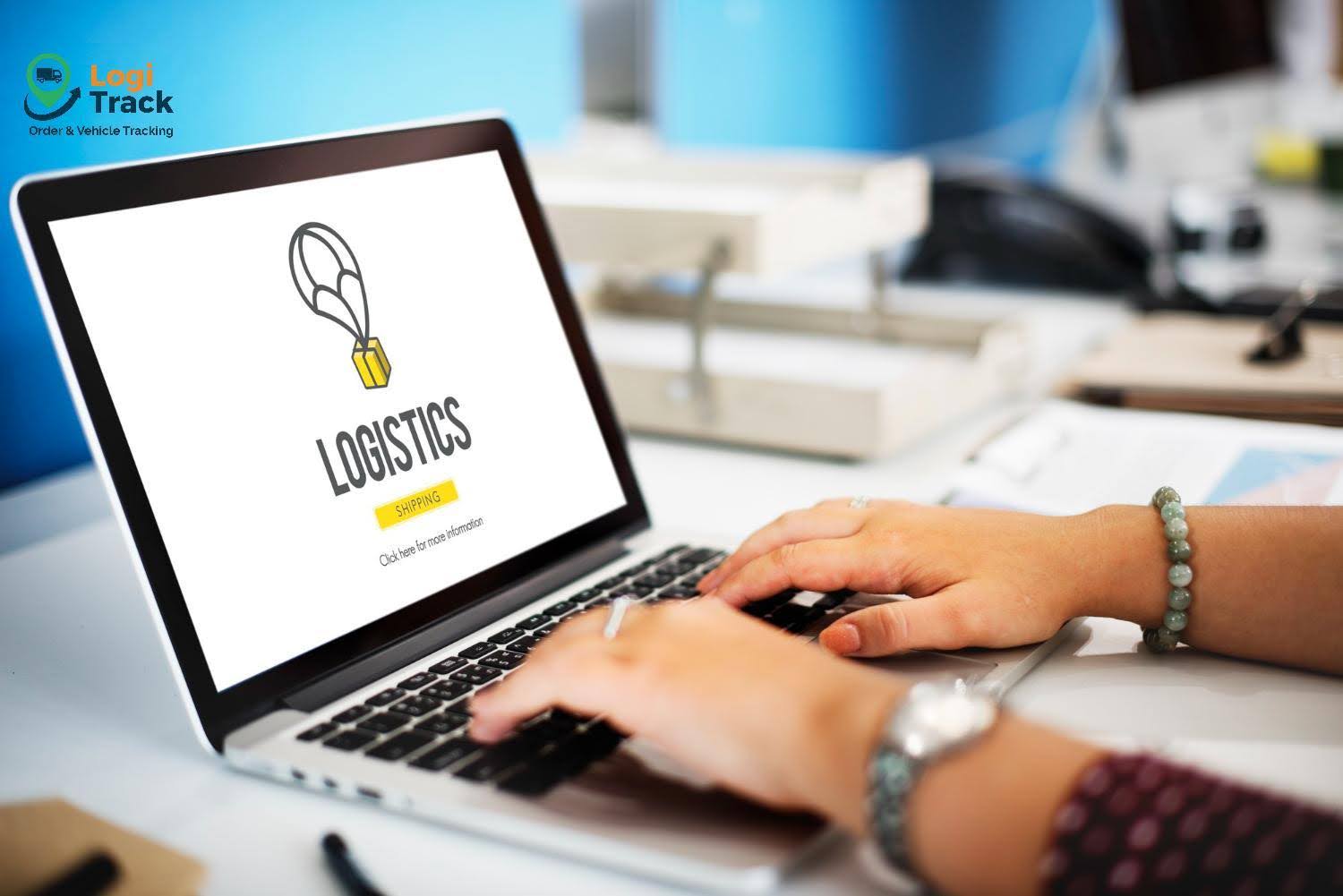Today, logistics software is widely adopted by many businesses to manage logistics operations. In addition to its built-in features, modern logistics software can also be integrated with ERP and CRM systems.
Today, logistics software is widely used by many businesses to manage logistics operations. In addition to its built-in features, modern logistics software can also be integrated with ERP and CRM systems. To understand how to integrate this software with ERP and CRM platforms, let’s explore the following information. 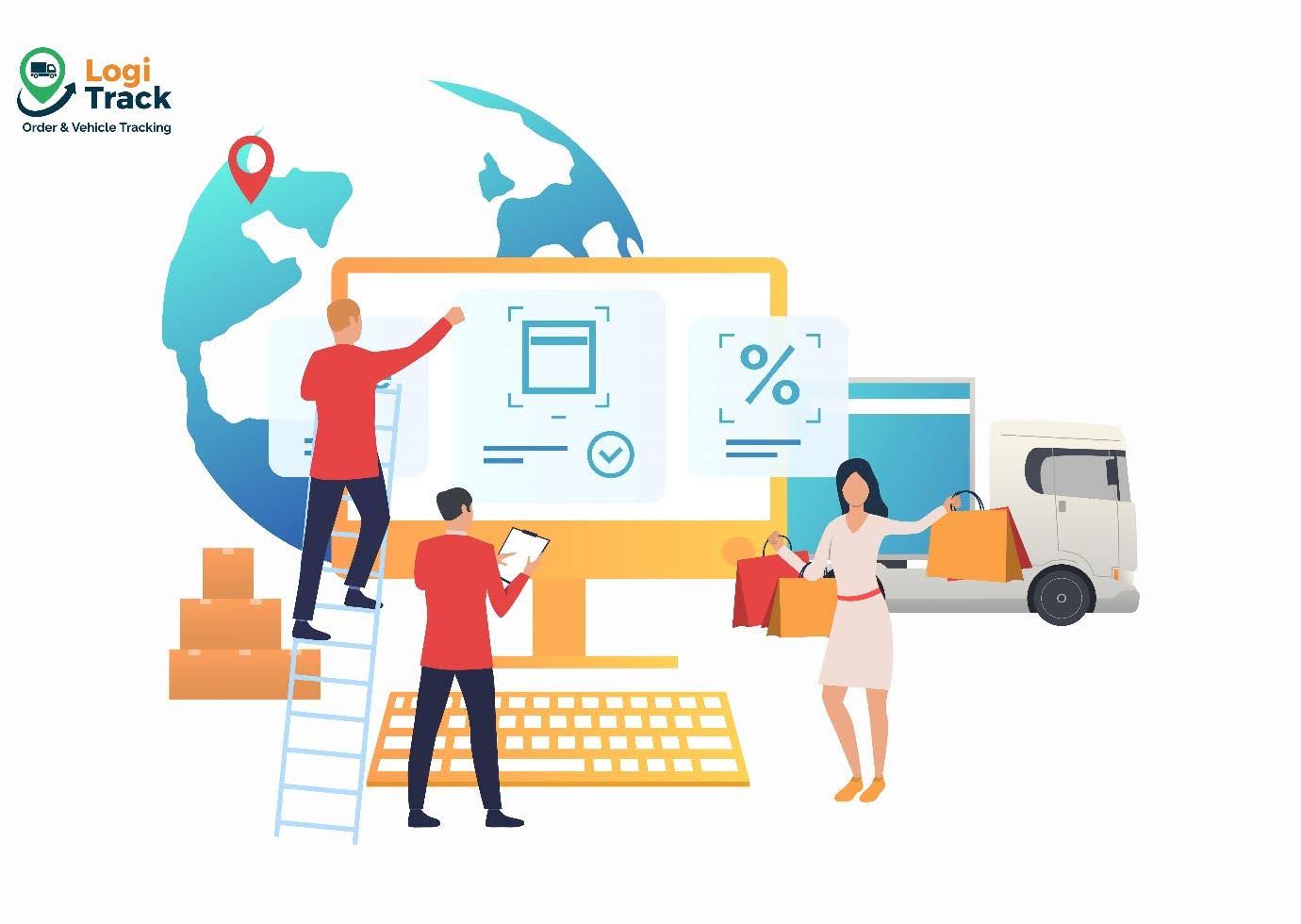
Challenges Businesses Face Without Integrating Logistics Software with ERP and CRM
In the digital age, many companies still use ERP, CRM, and logistics software as separate systems. This lack of integration leads to unsynchronized data, causing difficulties in managing orders, warehouse operations, and transportation.
Departments such as sales, accounting, logistics, and customer service often operate on different platforms. As a result, information sharing becomes fragmented and inconsistent.
Without integration between logistics software and management systems like ERP and CRM, businesses are prone to data discrepancies, slower order processing, and reduced efficiency — all of which negatively affect performance and customer experience.
Many small and medium-sized enterprises still rely on Excel spreadsheets or outdated software, making shipment and inventory tracking inaccurate. This results in a less flexible supply chain, higher operating costs, and limited scalability.
Consequences of Not Integrating Logistics Software with ERP and CRM
Data Loss and Information Inconsistency
One of the most common issues is data duplication or loss across systems. For example, accounting teams may have to manually re-enter data from the logistics system into ERP, leading to errors and wasted time. Over time, this not only risks losing critical information but also makes report accuracy and control more difficult.
Reduced Operational Efficiency and Poor Forecasting
The lack of integration between logistics software and ERP or CRM systems causes the supply chain to operate in isolation. Businesses cannot accurately forecast product demand, optimize delivery routes, or manage inventory effectively.
Without unified data between ERP, CRM, and logistics software, departments must communicate manually, delaying responses and order processing. This is why many companies are now turning to free logistics software solutions capable of seamlessly connecting with ERP and CRM systems — helping improve efficiency without major investment.
Solutions for Integrating Logistics Software with ERP and CRM 
Logistics Software Integrated with ERP and CRM Helps Automate the Entire Supply Chain Process
When logistics software is integrated with ERP systems, businesses can automate the entire process from order placement to delivery. Each order processed in the ERP system is automatically transferred to the logistics system to plan transportation, allocate personnel and vehicles, and update shipment status.
This automation reduces manual handling time while ensuring greater accuracy at every operational stage. For small-scale businesses, starting with free logistics software is a smart way to get familiar with automation before scaling up.
Logistics Software Integrated with ERP and CRM Enhances Transparency and Forecasting
By connecting real-time data, managers can monitor order status, inventory levels, shipping costs, and revenue on a single platform. The ERP system consolidates logistics data to analyze consumption trends, transportation costs, and propose optimized plans.
Meanwhile, the CRM system updates customer feedback regarding delivery speed and service quality. When these three systems work together seamlessly, businesses can make faster, more accurate decisions, anticipate market demand, and manage the supply chain more effectively.
Logistics Software Integrated with ERP and CRM Reduces Costs and Increases Profitability
One clear advantage of integrating logistics software with ERP and CRM systems is the significant reduction in operational costs. Businesses no longer need manual data-entry teams or time-consuming cross-checks.
Data synchronization minimizes errors, reduces excess inventory, and optimizes transportation routes. For small businesses, using free logistics software integrated with CRM is a smart first step — allowing them to experience end-to-end management capabilities without large upfront investments.
Guidelines for Effectively Integrating Logistics Software with ERP and CRM
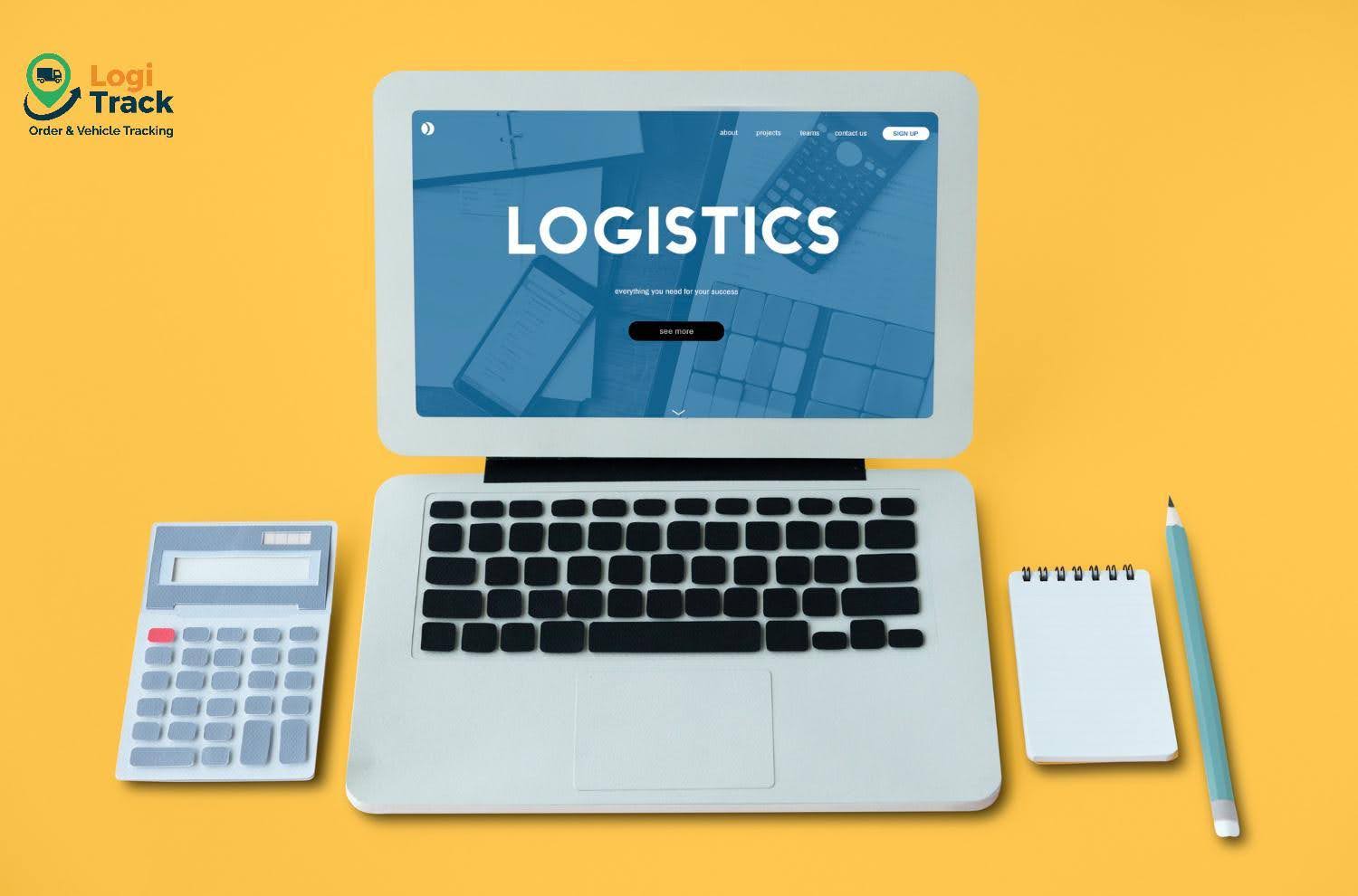
Identify Core Systems and Integration Goals with Logistics Software
Before starting, businesses need to determine which system—ERP or CRM—will serve as the central platform to define the most suitable integration direction.
-
If the company focuses on internal operational management, ERP should be integrated with the logistics software.
-
If the priority is customer experience, connecting logistics with CRM should be the main focus.
Choose a Scalable Logistics Software Platform
Businesses should select logistics software that supports open APIs and allows easy connection with other systems. Some platforms today even offer free logistics software versions that enable businesses to test the integration before making a full investment.
Implement Integration Between Logistics Software, ERP, and CRM in Phases to Ensure Stability
Avoid integrating the entire system at once. Start with smaller modules within the logistics software, such as order tracking or warehouse management, then gradually expand to other modules. This phased approach helps control risks, reduce technical errors, and allows easy fine-tuning of processes for better alignment.
Integrating logistics software with ERP and CRM systems is a strategic step that helps businesses modernize their supply chain, automate operations, and enhance customer experience.
Is your business struggling because your ERP, CRM, and logistics systems are operating separately without connection?
Choose Logitrack logistics software — the solution that unifies all your processes, optimizes operations, and creates a powerful competitive advantage for your business.



